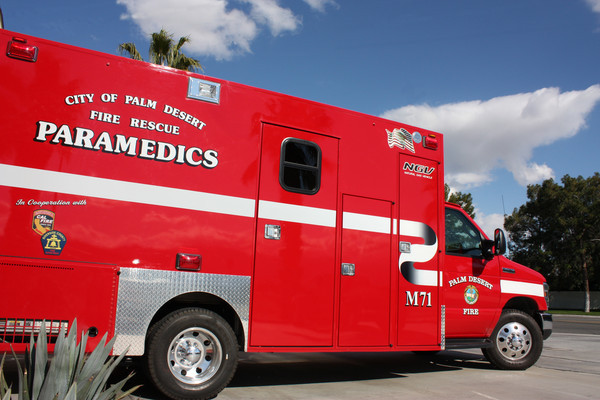Grand Junction, Co. had the best of intentions when it decided to invest in several natural gas-powered trash trucks. However, due to the large tank size required for CNG storage, the town’s trash trucks have had nearly two feet added to their length. Since CNG is less dense than liquid fuels, the size of the fuel tank must be increased in order to make up for lost range.
“Drivers of the new garbage trucks that run on compressed natural gas recently purchased by the city are unable to navigate some tight city alleyways, according to Grand Junction Public Works spokeswoman Kristin Winn.” About 160 residents used to be able to push their trash cans to the alley for pick-up, but now have to haul their cans to the front of their homes.
In response to a few complaints, the city has started offering elderly or disabled citizens the option of requesting help with their cans. Despite the problems, however, the city has plans to add two more CNG trash trucks to its fleet in the coming year.
As for trying to navigate the alleyways, the city is “…still kind of looking at this and modifying the trucks,” according to Winn.
Note: While it is true that natural gas vehicles offer about a 29% overall reduction in emissions versus gasoline engines, the article’s author overstated this figure when she said that they “produce almost no greenhouse gases.”




